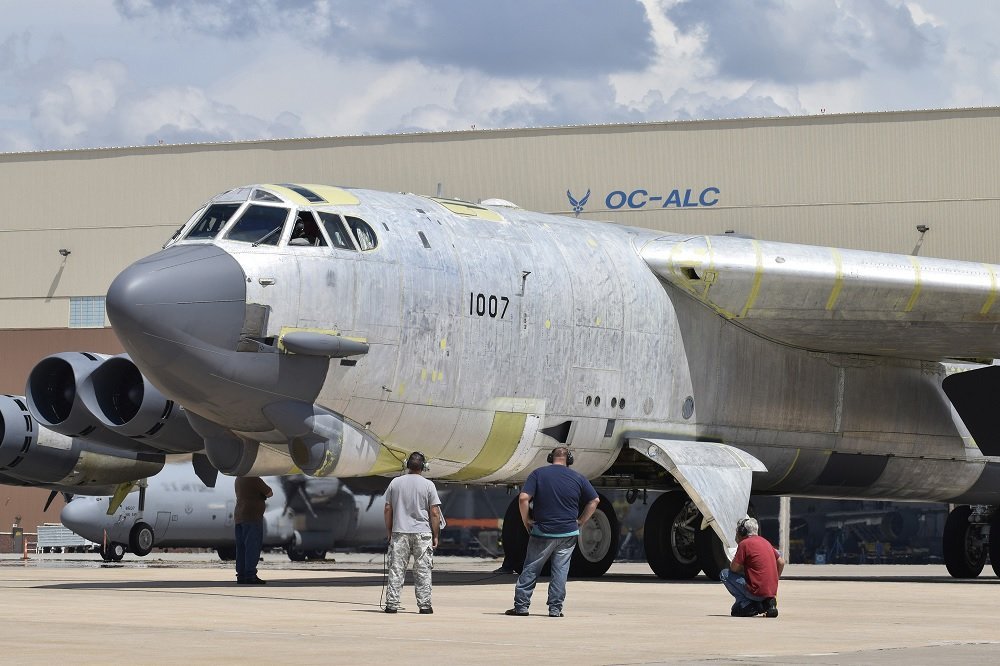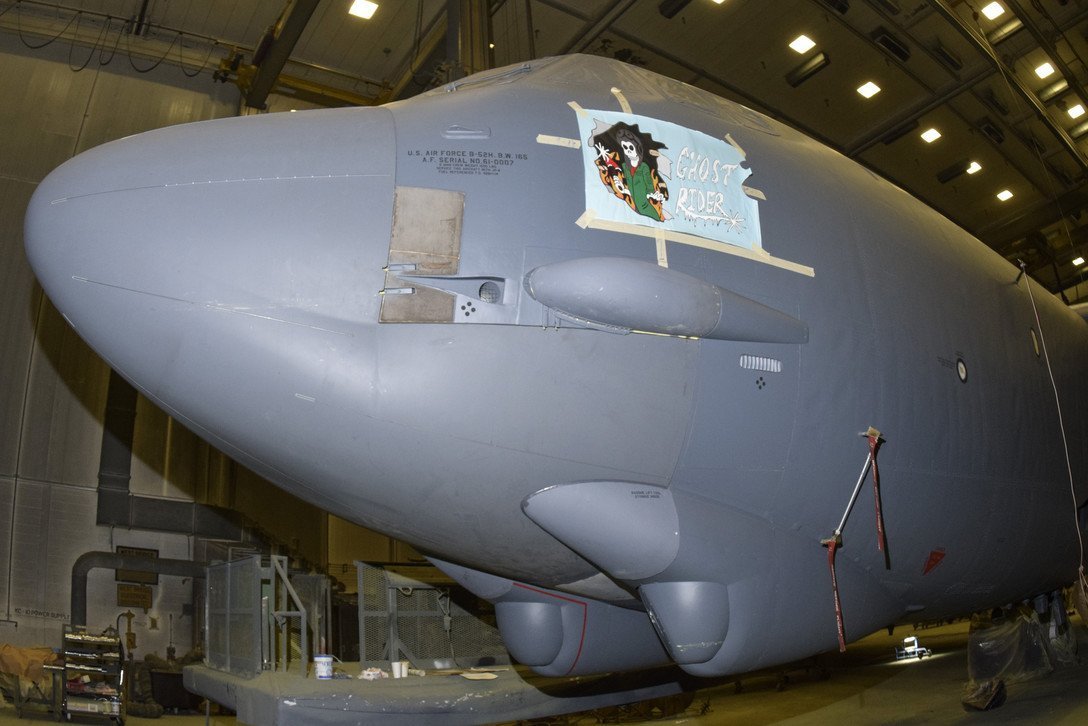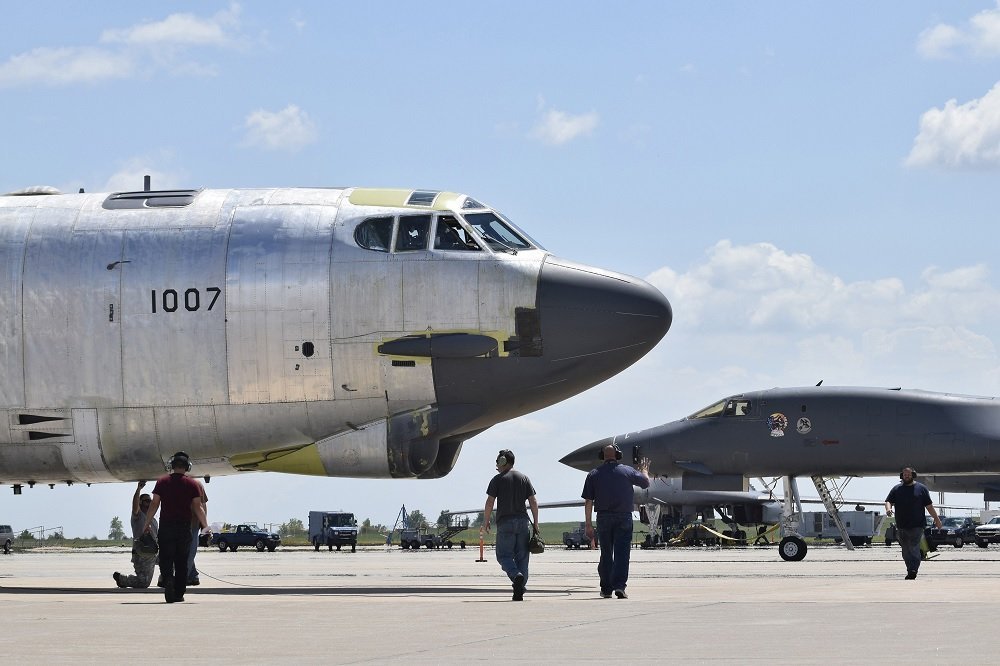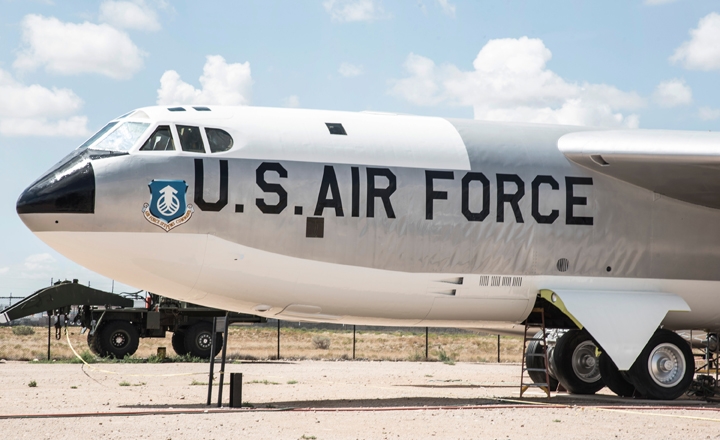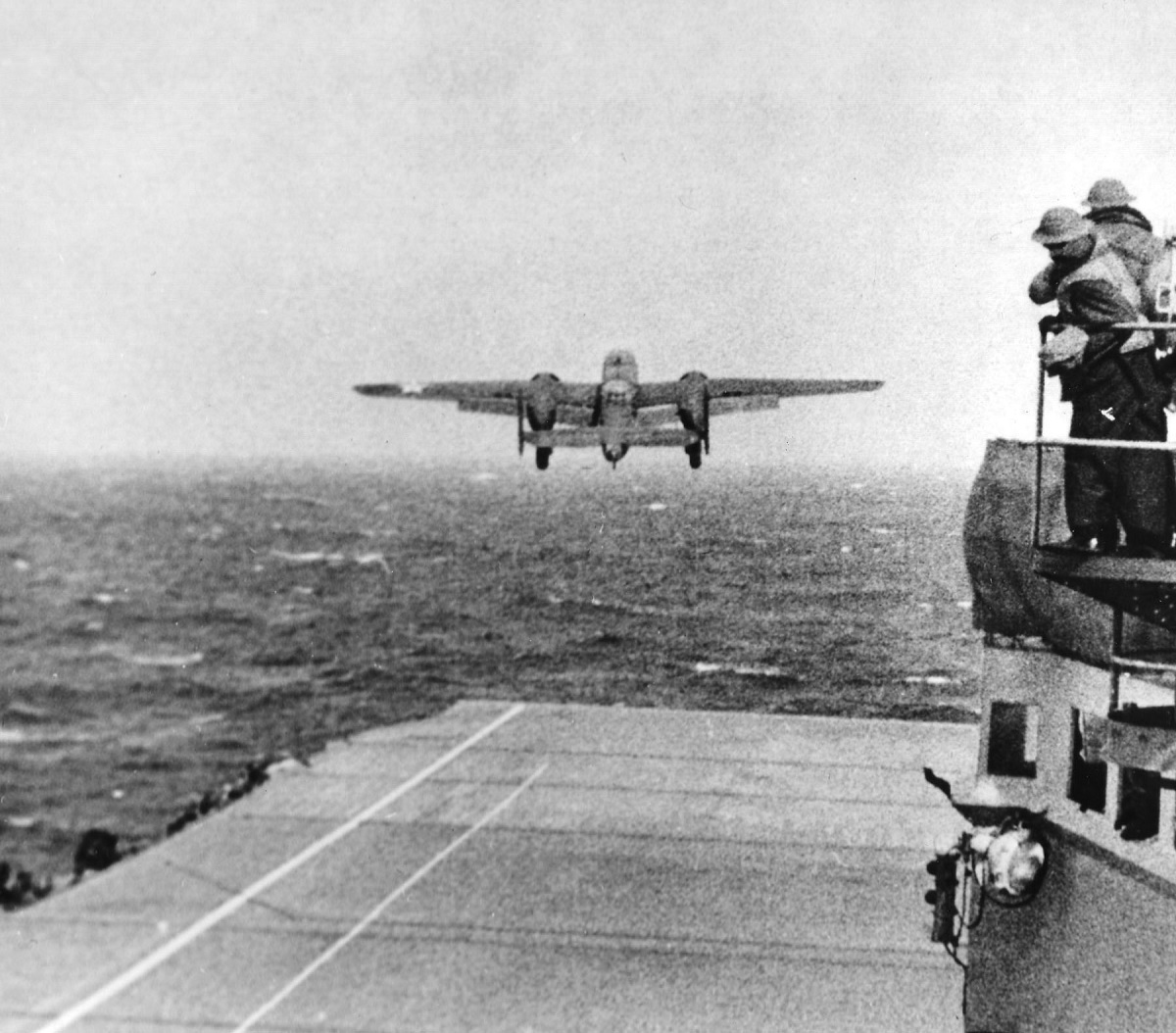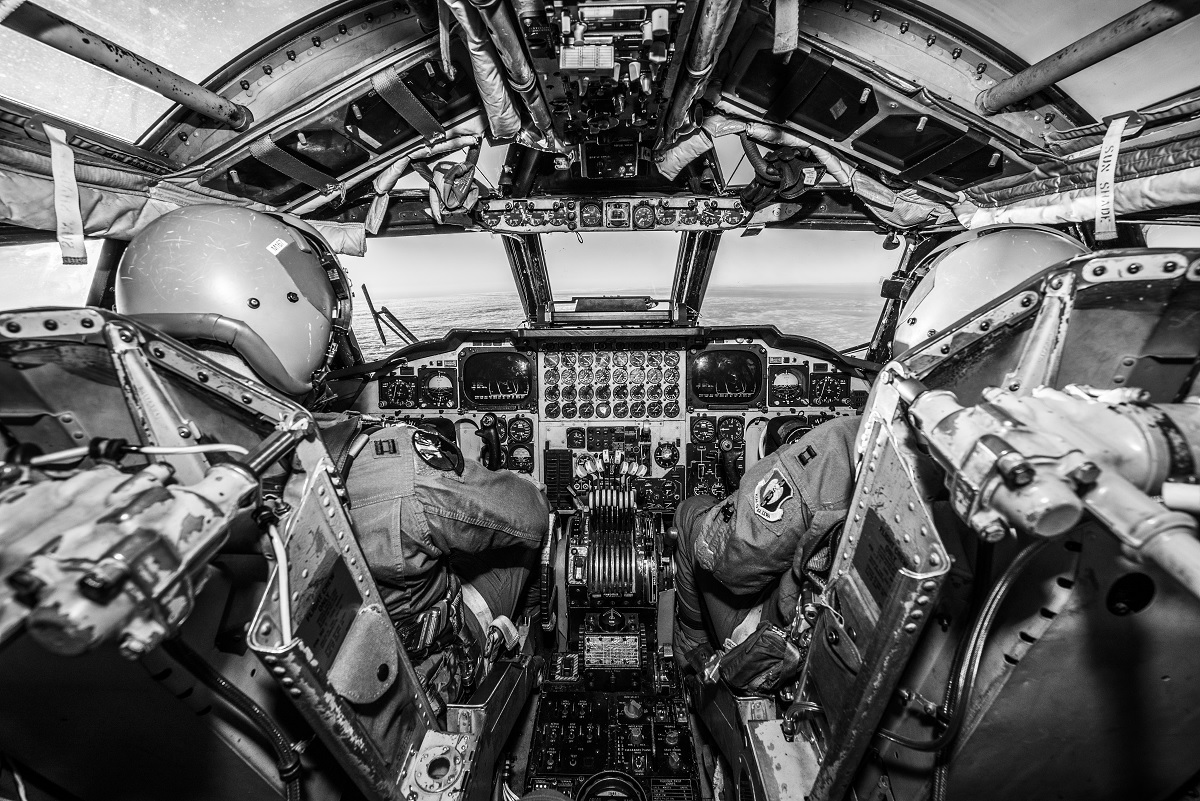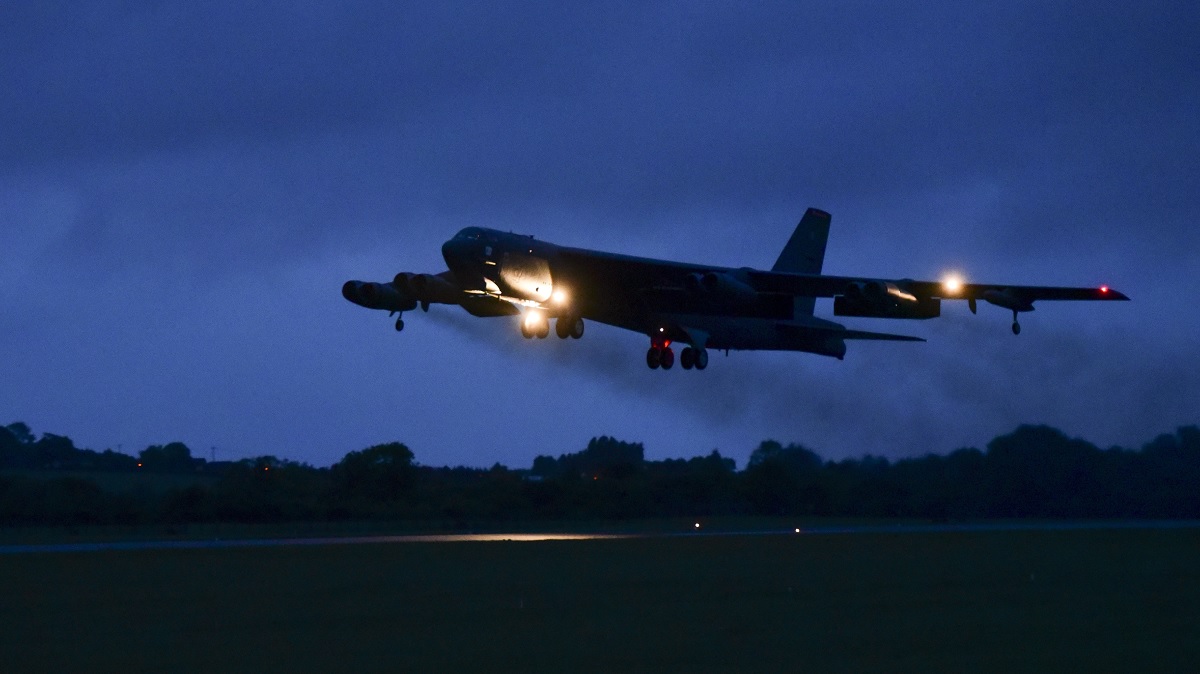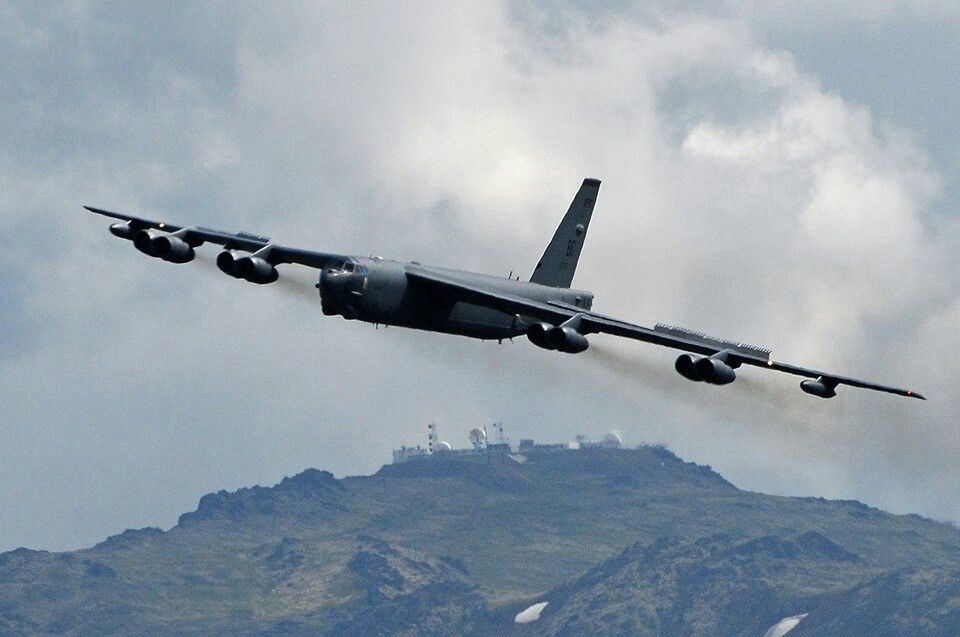The B-52 took part in Operation Secret Squirrel for the first time since the Vietnam War. By disrupting the Iraqi military’s ability to communicate and produce power, the goal was to open the way for additional airstrikes
Seven B-52 Stratofortress strategic bombers from the 2nd Bomb Wing roared to life early on January 16, 1991, and the alert pad at Barksdale Air Force Base in Louisiana swarmed with activity. A short while later, they ascended into the gloomy sky and flew toward Iraq to begin Operation Desert Storm’s first bombardment.
On January 18, 2020, Barksdale welcomed several of the 57 crew members who took part in that historic mission to commemorate its 29th anniversary. Operation Senior Surprise was the mission’s official name, but due to the secrecy surrounding it, the participants gave it the moniker Operation Secret Squirrel.
The group, unofficially known as the Secret Squirrels, has gathered every year since 2016 to commemorate the event, according to Ted Daigle, 307th Bomb Wing, who was interviewed for the article Secret Squirrels celebrate 29 years. One of the crew members, Aaron Hattabaugh, read a proclamation from U.S. Representative Adam Kinzinger acknowledging the historical importance of the mission.
Kinzinger praised the efforts of the Airmen in remarks spoken from the U.S. House of Representatives floor and entered in the U.S. Congressional Record.
“Madam Speaker, those who served on this mission displayed true endurance and dedication to the country in their actions,” he said.
The B-52 participated in Operation Senior Surprise for the first time since the Vietnam War. By disrupting the Iraqi military’s ability to communicate and produce power, the goal was to open the way for additional airstrikes. The AGM-86C Conventional Air Launched Cruise Missile was used for the mission. Since it had only recently been created as a top-secret weapon system, it was the CALCM’s first time being used in combat.
The Secret Squirrels launched their precision-guided payload on targets in Iraq more than 14 hours after taking off from Barksdale. This effectively prevented the Iraqi troops from spotting American fighters pursuing them by destroying over 90% of their communication targets. The fourth-largest military in the world had been reduced to a stumbling, defenseless giant by the Secret Squirrels.
American Air Force General Timothy Ray, Commander of the Air Force Global Strike Command and the Air Forces Strategic – Air, commented about the mission’s long-lasting effects on military aviation.
“What you guys did was foundational and the enemy has been thinking about it ever since because it was so effective,” he said. “You wrote the book on long-range aviation and strike capability in the B-52.”
The journey home was equally terrifying as the one there. Due to engine issues on two of the B-52s and adverse weather, which prevented them from performing a carefully planned in-flight refueling, they nearly had to make an emergency landing in Europe on runways not meant for the large jets.
After overcoming each issue, the Secret Squirrels touched down at Barksdale after more than 36 hours in the air—at the time, the longest B-52 mission. The night’s crew member and event coordinator Warren Ward was able to recall the distinctions between the flights to Iraq and back.
“The whole way over I was scared to death, which was good because we were operating on about three hours of sleep,” he said. “On the way back, the adrenaline wore off and we still had 20 hours left to go.”
Before the first jet ever took off, the entire mission was shrouded in secrecy. A year after the operation, it stayed that way. For a year following the mission, no one connected to it was authorized to discuss it in public. The ceremony was concluded with the customary toast from U.S. Air Force Col. Steven Kirkpatrick, commander of the 307th Bomb Wing and the last Secret Squirrel member still serving in the military.
“We were proud to serve, proud to execute the mission, and cherish the friendship of all 57 Secret Squirrel members,” he said.
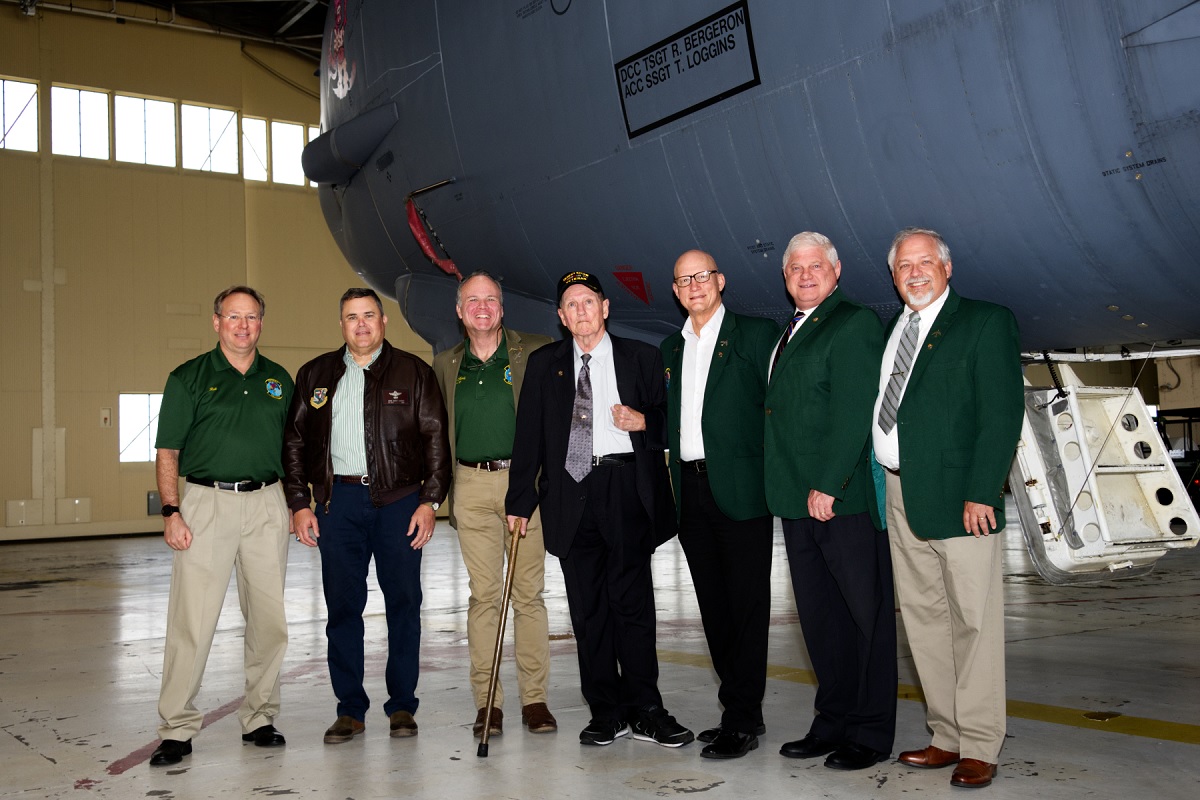
Photo by Ted Daigle / U.S. Air Force



